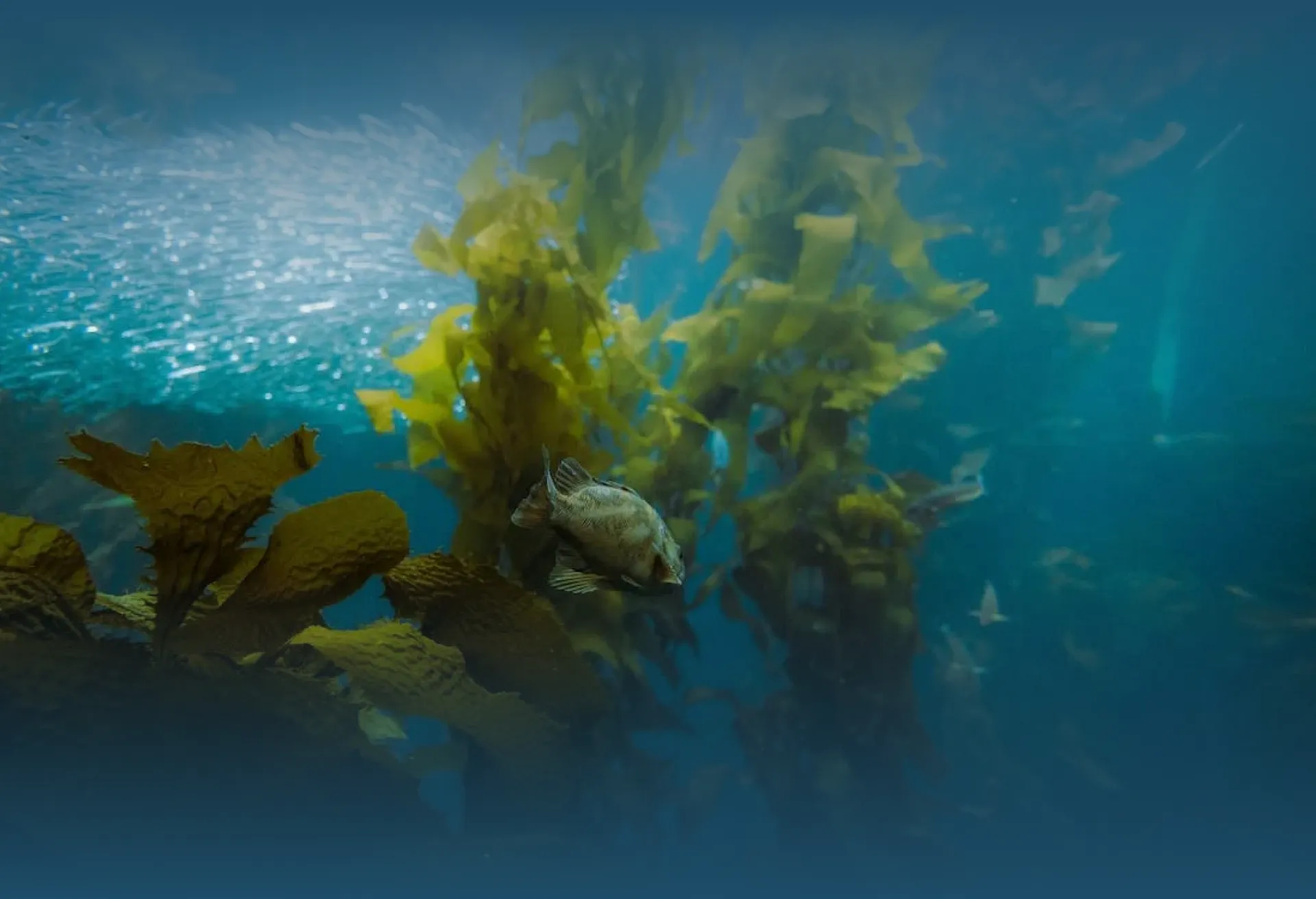Seaweed is a general term that refers to various species of marine algae, which are simple, non-vascular plants that grow in saltwater. These multicellular organisms come in a wide range of shapes, sizes, and colors, and they play crucial roles in marine ecosystems. Seaweed can be classified into three main groups based on color: green (ie. sea lettuce), brown (ie. sugar kelp), and red algae (ie. dulse).
FAQ
Here you will find frequently asked questions. If you cannot find the information you are looking for, please contact us and we will get back to you as soon as possible

Sugar kelp and sea lettuce. We are the first company in Europe to successfully farm sea lettuce at scale in the ocean. Thanks to the Ulva EU Project.
We have three hubs: Our HQ is based in Gothenburg Sweden, our lab is located at Tjärnö Marine laboratory and our processing facilities are located in Dingle. Our ocean farm is located 30min with boat outside of Grebbestad on the Swedish west coast.
Our farm sequesters 145 kg CO2e/ton.
For restaurants, please contact your whole seller. For other companies, reach out to us directly through our Contact Us form and we will get back to your shortly.
Yes, we sell our seaweed world wide. Just contact us to request a sample or place an order.
